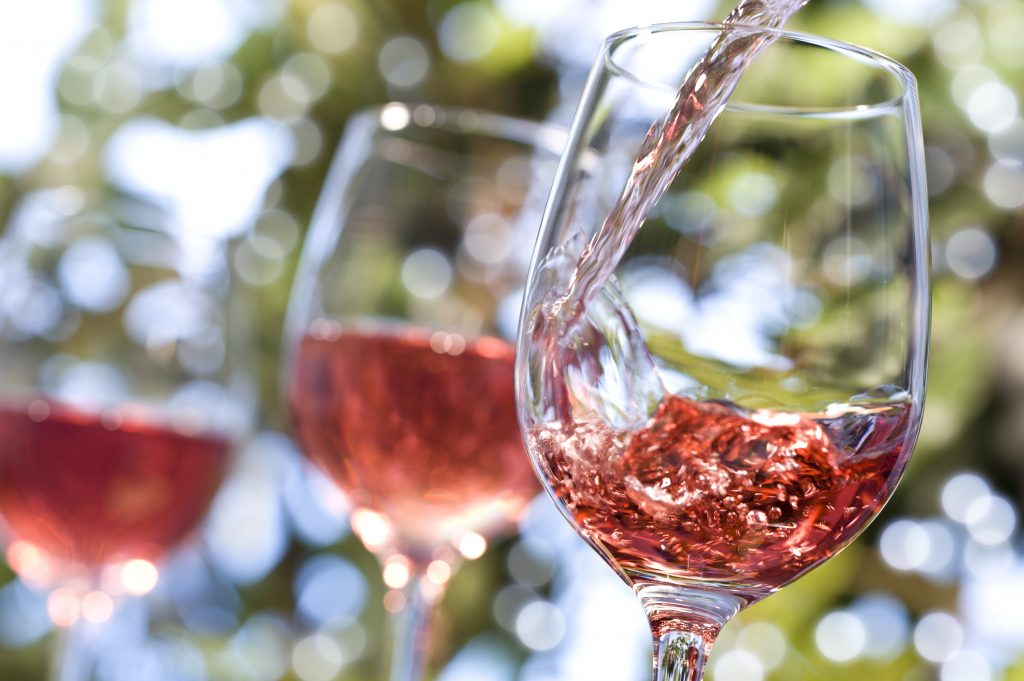How many calories are there really in your glass of wine?
After a well-publicised study noted that two medium-sized (175ml) glasses of wine can contain as many calories as a burger, with two glasses of some wines hitting your daily sugar intake on their own, we reveal how many calories there really are in your glass of wine.

The Alcohol Health Alliance UK (AHA) published analysis this week that looked at the calorie and sugar content of a series of popular wines. In the lieu of the findings, eye-catching headlines stated that two standard glasses of wine could contribute as many calories as a burger, and that two glasses of some wines could lead to adults exceeding their daily sugar intake on their own.
According to the AHA’s findings, here are the five highest calorie wines per glass from the “top ten leading wine brands in the UK”.
Hardy Stamp Shiraz Cabernet: 139.7 calories per 175ml glass.
Yellow Tail Shiraz: 139.3 calories per 175ml glass.
Barefoot Bubbly Pink Moscato: 137.2 calories per 175ml glass.
Casillero Del Diablo Cabernet Sauvignon: 132.3 calories per 175ml glass.
Campo Viejo Rioja Tempranillo 132.3 calories per 175ml glass.
Four of the top five are red wines, with one sparkling expression: the Barefoot Bubbly Pink Moscato.
Meanwhile, here are the top five highest sugar content tipples, again from the “top ten leading wine brands in the UK”.
Barefoot Bubbly Pink Moscato: 13.8g sugar per 175ml glass.
Partner Content
Barefoot Pink Moscato: 11.1g sugar per 175ml glass.
Echo Falls Fruit Fusion Summer Berries (9%): 9.2g sugar per 175ml glass.
Echo Falls Sparkling Summer Berries: 8.5g sugar per 175ml glass.
Echo Falls Fruit Fusion Summer Berries (5.5%): 8.2g sugar per 175ml glass.
Producers are not currently required to include nutritional values on their labels in the United Kingdom, only the volume and strength (ABV) of the bottle.
Though alcohol is often described as being ’empty calories’, due to its perceived lack of nutritional benefit, Prof. Rosa M. Lamuela-Raventós contested this term during a virtual event called ‘Wine and weight management – is it possible?’
Commenting that alcoholic drinks are referred to as ‘empty calories’ she said “I don’t agree with that”, adding, “the main component in wine giving calories is ethanol, but wine also contains minerals, such as potassium, and it has polyphenols, and a diverse range, there are more than 75 kinds, from anthocyanins to flavonoids, and the most famous, which is resveratrol (see list of wine components below).”
While beer contains some polyphenols such as resveratrol, the highest concentrations among alcoholic drinks is found in wine, particularly reds, with a ‘standard’ 100ml measure containing 200mg of polyphenols, and white wine around 30mg.
Crucially, a natural phenol such as resveratrol helps the body increase the amount of brown tissue produced in the body, according to Lamuela-Raventós, which is a type of ‘good’ fat that turns food into heat, which “helps you to burn more calories in food,” she said.
You can read the full story here.
Related news
Strong peak trading to boost Naked Wines' year profitability




